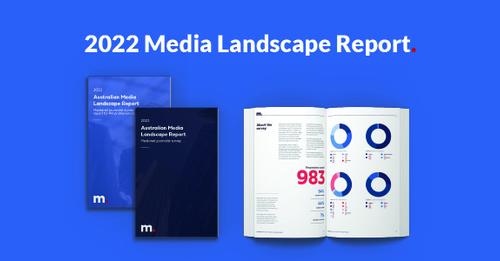An increase in harassment or undermining of the media, restrictions on freedom of movement, financial repercussions on media organisations, and risks to physical health and safety were all pandemic-related impacts found to have affected journalists’ work in 2021, according to new research.
Ninety-four per cent of almost 1000 journalists surveyed by Medianet responded that the pandemic had impacted their ability to work effectively in 2021.
Restrictions on freedom of movement and the financial repercussions of the pandemic on media organisations were the key factors identified by journalists as having the greatest effects.
Medianet director of media intelligence Amrita Sidhu said that while there had been some positive financial developments in the industry in 2021, resulting in new jobs and enhanced coverage, journalists’ work has remained significantly challenged since 2020.

Medianet’s Amrita Sidhu
“Despite the integral role of the media over the past two years, the pandemic has clearly taken its toll on journalists,” Sidhu said.
The percentage of those who reported that an increase in harassment or undermining of the media had the greatest impact on journalists’ work almost tripled in 2021 (11 per cent) compared to 2020 (4 per cent). Many reported being intimidated, threatened or abused because of their profession.
Younger journalists were particularly affected by harassment and undermining, with 23 percent of respondents under 30 years of age identifying it as having the greatest impact compared to just six per cent of respondents over 40 years.

Mental health was the greatest personal challenge for journalists in 2021, with younger respondents once again particularly affected. Fifty-six per cent of respondents under 30 noted it as one of their greatest challenges in 2021, compared to 28 per cent of those over 40 years old.
“Journalists reported being yelled at and spat on in the street and receiving death threats, as well as describing the impact of burnout from the constant news cycle and covering difficult and sad news stories,” Amrita said.
“It’s important that we understand the barriers and difficulties journalists face so we can continue to support them to deliver the important information we rely on.”
Gender pay gap in journalism
The survey also found there was a significant gender pay gap in the industry – 30 per cent of male journalists reported earning over $100,000 p.a., compared to just 16 per cent of females and 12 per cent of non-binary journalists. Television is the highest paid sector.
More movement is to be expected in the media industry in 2022, with 48 per cent of journalists anticipating their employment may change in the coming year. This is a significant increase from the previous year when only 23 per cent of survey respondents indicated that their employment was likely to change.
